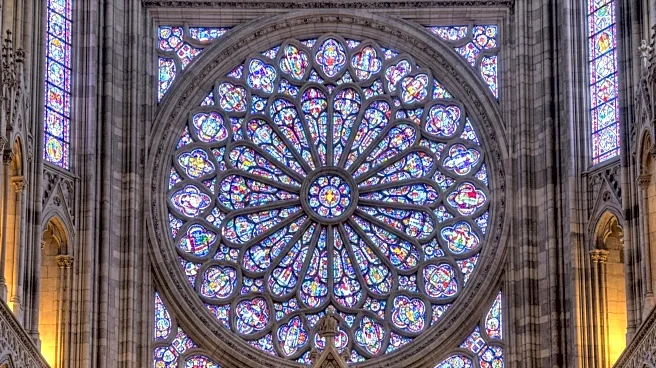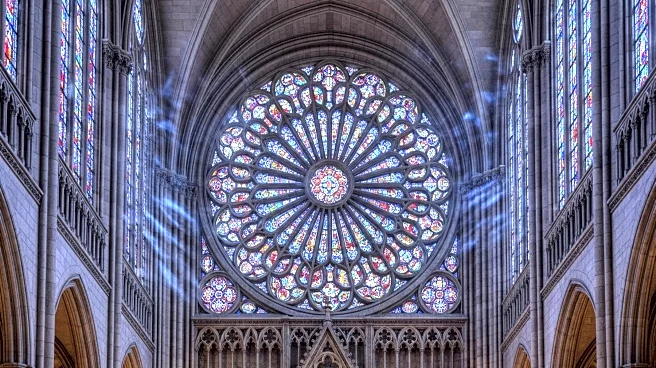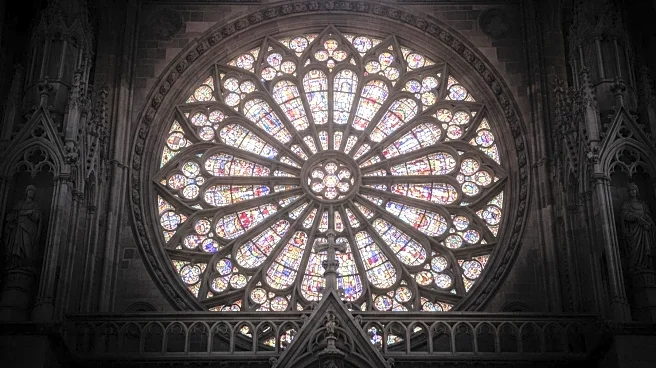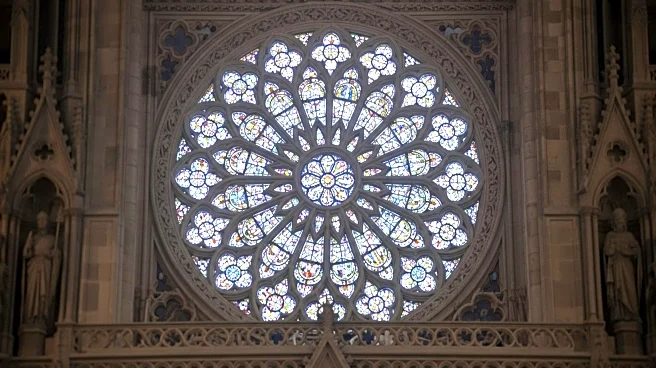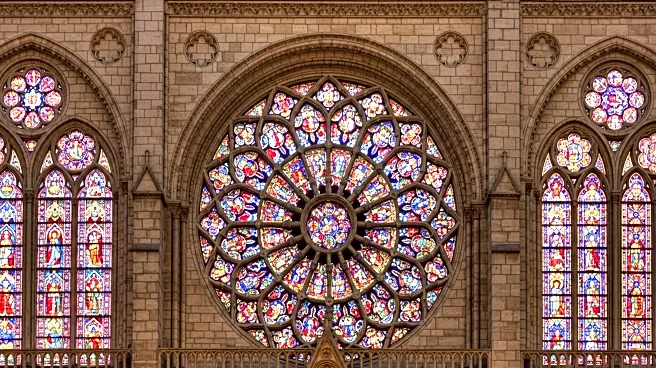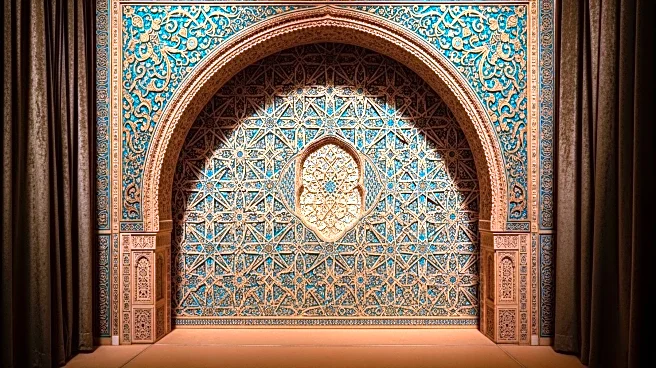Notre Dame Cathedral, a symbol of French Gothic architecture, has achieved numerous milestones throughout its history. From its groundbreaking in 1163 to its completion in 1345, the cathedral has played a significant role in architectural innovation and cultural heritage. Despite challenges, including a devastating fire in 2019, Notre Dame continues to be a beacon of resilience and historical significance.
Early Milestones
The construction of Notre Dame Cathedral began in 1163 under the direction of Bishop Maurice de Sully. This early milestone set the foundation for the cathedral's architectural innovations, including the rib vault and flying buttress. By the 13th century, the nave and choir were completed, marking significant progress in the cathedral's development.
Breakthrough Moments
Notre Dame Cathedral has witnessed several breakthrough moments, including the coronation of Napoleon I in 1804 and the funerals of French presidents. These events have solidified the cathedral's role in French history and its status as a cultural landmark. The 19th-century restoration led by architect Eugène Viollet-le-Duc introduced new elements and motifs, further enhancing the cathedral's architectural significance.
Recent Developments
Recent developments at Notre Dame include the restoration efforts following the 2019 fire, which caused significant damage to the cathedral. These efforts focus on preserving the cathedral's historical authenticity while incorporating modern safety measures. The restoration is a testament to Notre Dame's resilience and its continued importance in cultural preservation.
Lasting Impact
The lasting impact of Notre Dame Cathedral is evident in its continued status as a major tourist attraction and cultural landmark. Its architectural innovations have influenced countless structures worldwide, and its role in historical events has permeated cultural consciousness. Notre Dame's resilience in the face of adversity serves as a powerful symbol of cultural preservation and restoration efforts.
 Discover Daily • 8 min read
Discover Daily • 8 min read 
